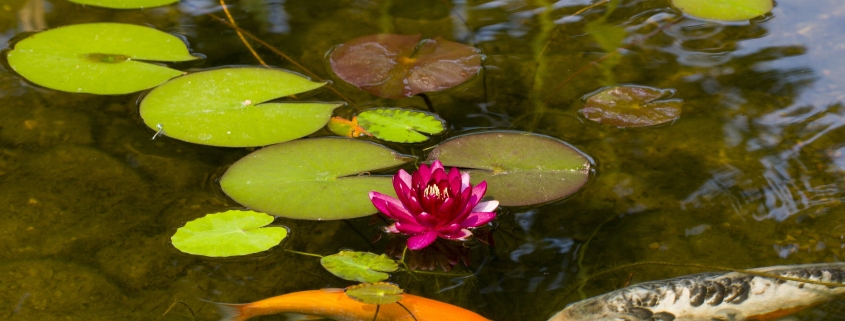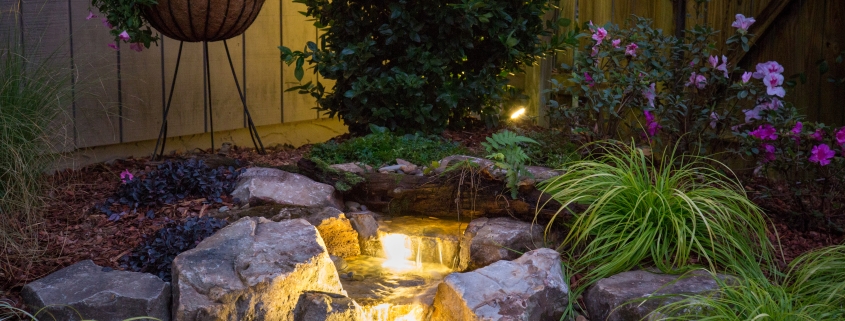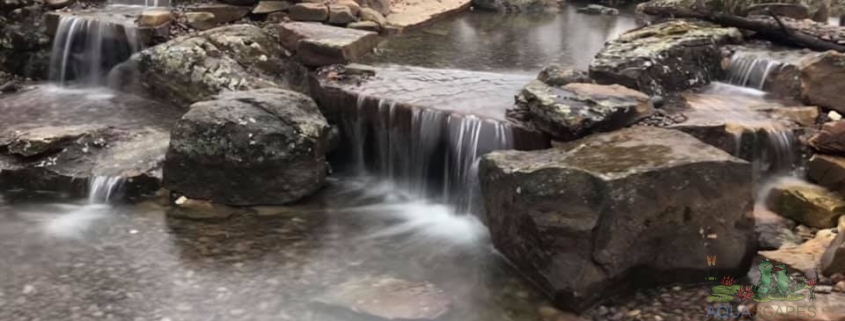When we choose a backyard pond pump, one of the important things to know it how much it will cost to operate it. Most backyard pond pumps run 24 hours daily, 7 days weekly, so the electricity costs can mount up fast. It is relatively easy to find out how much it is going to cost to run your pump.
-
For illustration purposes only. Based on $ 0.10 per Kilowatt Hour and 12 months continuous use. Your actual costs may vary depending on your cost per KWH, head height, tubing diameter and actual use.
-
Watts divided by 1000 = Kilowatts x $ 0.10 per KWH (Kilowatt Hour) x 24 hours x 365 days.



 Meyer Aquascape
Meyer Aquascape
